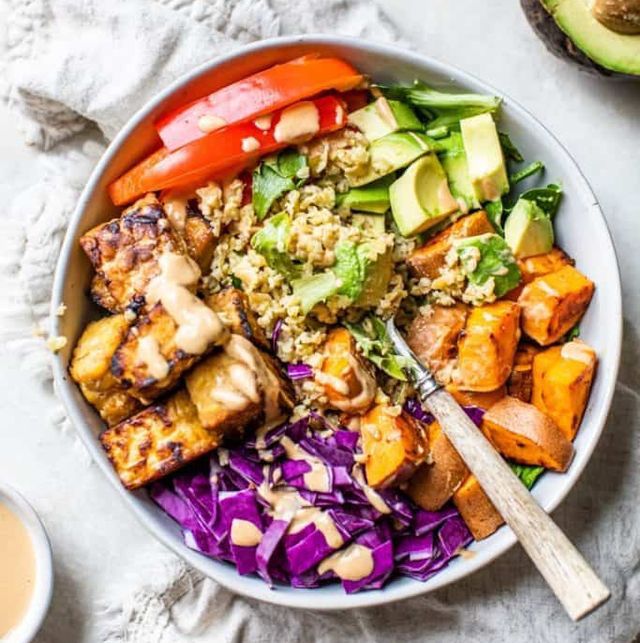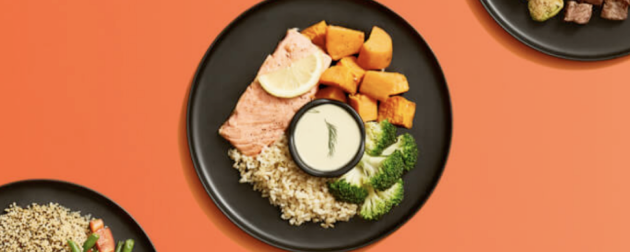
Achieving muscle growth goals requires more than just hitting the gym—it requires nutrition that supports strength, recovery, and performance.
Understanding Macronutrient Balance for Bodybuilders:
- Protein: The cornerstone of muscle building, protein repairs and rebuilds muscle fibres after workouts. Aim for 1.6–2.2 grams of protein per kilogram of body weight daily. Include lean sources like chicken, fish, eggs, tofu, or supplement with a protein powder.
- Carbohydrates: Carbs fuel your workouts and replenish glycogen stores, preventing fatigue. Opt for complex carbs like oats, brown rice, sweet potatoes, and quinoa to sustain energy.
- Healthy Fats: Essential fats support hormone production and overall health. Include sources like avocados, nuts, seeds, and olive oil in your diet.
Foods That Promote Muscle Recovery:
- Amino Acid-Rich Foods: Lean meats, eggs, and beans provide essential amino acids needed for muscle repair.
- Anti-Inflammatory Foods: Include foods like berries, leafy greens, and fatty fish (salmon, mackerel) to reduce inflammation and aid recovery.
Sample bodybuilding meal plan:
- Breakfast: Egg whites, spinach, and oats with almond butter
- Lunch: Grilled chicken, quinoa, and roasted vegetables
- Dinner: Salmon, sweet potato, and steamed broccoli
- Snacks: Cottage cheese with berries, or a protein smoothie
Calorie intake:
Ensuring adequate calorie intake is critical for bodybuilding. To promote muscle growth, research suggests a slight caloric surplus, with protein intake paired with adequate carbohydrates to fuel intense workouts and support recovery (Phillips & Van Loon, 2011). For fat loss while preserving lean muscle, a moderate caloric deficit with balanced macronutrient distribution is recommended (Helms et al., 2014).
Everyone’s needs and goals differ from person to person and this should be considered before changing your diet and training. To correctly identify what ingredients and amounts of protein are in your meals use our “How to read a food label in Australia” guide to assist you.
